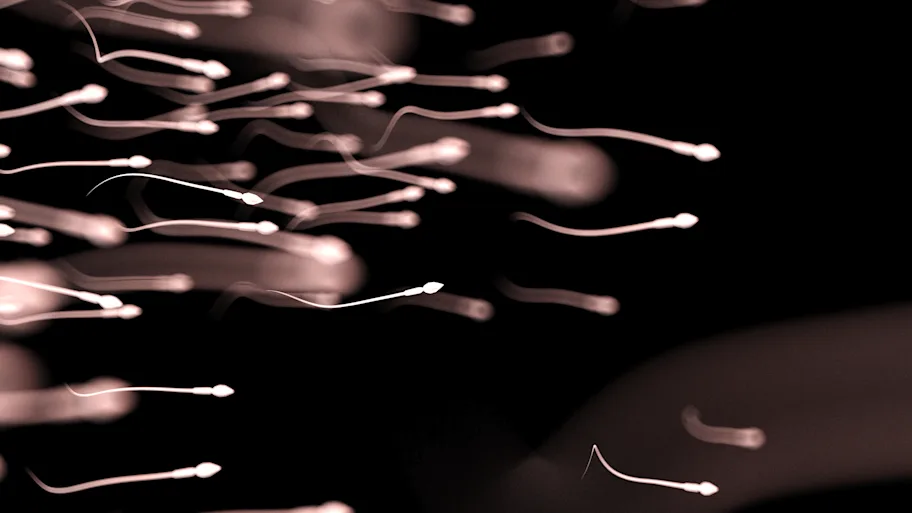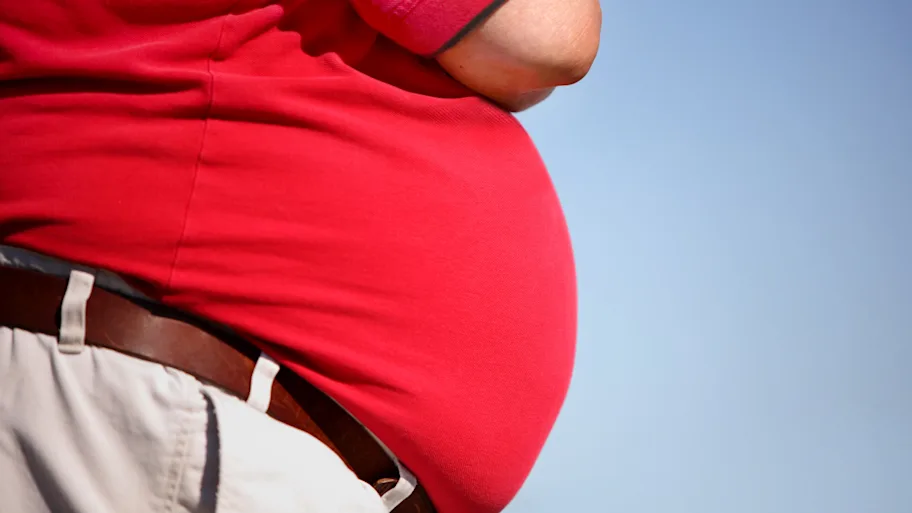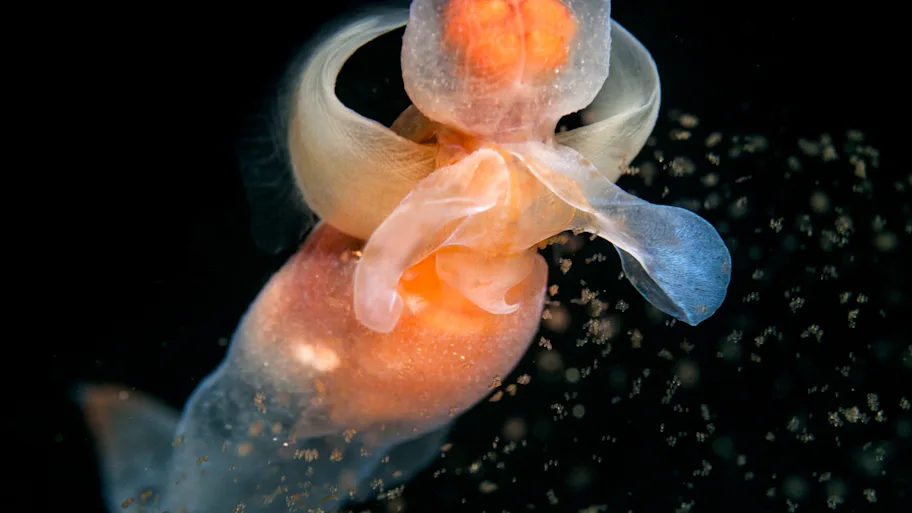
- Science News
- Life sciences
- Fish sperm race for reproductive success
Fish sperm race for reproductive success

Dominant Arctic char produce sperm that swim faster in diluted ovarian fluid, while subordinate males produce sperm that swim faster in water
— By Conn Hastings, science writer
Norwegian researchers show that the sperm of Arctic char, a cold-water fish common to alpine lakes, swim at different speeds in different fluids, depending on whether the fish are dominant or submissive. The finding published in Frontiers in Ecology and Evolution illustrates the complexity and competitive nature of reproductive biology.
Many organisms compete for access to and acceptance by mates, displaying a variety of adaptations to give them an advantage. Social status can play a role in reproductive success, where in social creatures, a dominant or less dominant status can have an impact on sexual behavior. In many species, males dominate their social subordinates for increased or exclusive access to females.
However, dominance or subordination are not just social constructs but can also produce physiological changes in the animals that experience them.
Competition for mates is complicated in organisms in which fertilization occurs outside of the body. Many species of fish reproduce in this way, congregating at mating grounds, where fertilization happens when eggs and sperm are released and mix in the water. This is far from a free-for-all however, and dominant males carefully guard and court females, keeping subordinate males further away.

This means that dominant males get to release their sperm closer to the females and can time their release at just the right moment, as the females release a mix of eggs and ovarian fluid into the water. However, as fertilization happens externally, sperm from subordinate males is still in with a shot at fertilizing the released eggs, provided the subordinate fish are stealthy and opportunistic enough.
Led by Torvald B. Egeland, researchers at Nord University and the University of Tromsø – The Arctic University of Norway, have known for a while that dominant and subordinate Arctic char do not just differ in their behavior, but in the behavior and properties of their sperm, meaning that their reproductive competition is also conducted at a cellular level. Previous studies have shown that compared with dominant Arctic char, subordinate Arctic char tend to produce more sperm and their sperm moves faster in water.
However, their recent work further shows that the sperm of dominant and subordinate Arctic char swim at different speeds in different fluids. Namely, dominant Arctic char produce sperm that swim faster in diluted ovarian fluid, while subordinate males produce sperm that swim faster in water.
Engeland and his team conclude that because the dominant fish are typically nearer to the burst of eggs and ovarian fluid released by the female, sperm that can swim faster in this mix may represent an adaptation that confers a reproductive advantage.
Similarly, subordinate males typically release more sperm that can move faster in water, which may help to compensate for their distance from the female and inability to perfectly time their sperm release. Interestingly, these changes in sperm behavior can manifest in as little as 4 days after a change in status from dominant to submissive, or back again.

It is not yet known if these adaptations in sperm lead to greater reproductive success for dominant or submissive males.
“The challenge is to conduct an experiment that closely mimics the situation under spawning. In order to thoroughly study these adaptations, we need a setup where we can control the distance between where the sperm is released and the ovarian fluid surrounding the eggs, and at the same time we also need to be able to control the effects of water dilution,” explains Egeland.
All is fair in love and war, and for Arctic char they are indistinguishable.
Read the full study here.
Egeland TB, Rudolfsen G, Nordeide JT and Folstad I (2016) Status Specific Tailoring of Sperm Behavior in an External Fertilizer. Front. Ecol. Evol. 4:135. doi: 10.3389/fevo.2016.00135






